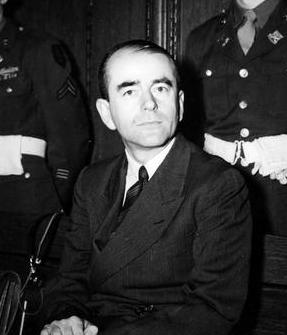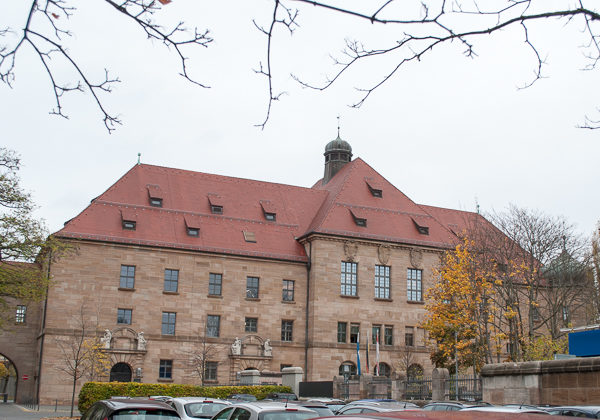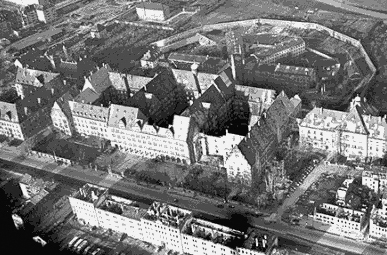The subject of our blog today is about one of the top Nazi leaders and a defendant in the International Military Tribunal commonly known as the main Nuremberg Trial. Our last two blogs dealt with two topics that will forever be associated with the city of Nuremberg: the Nazi Party Rally Grounds (click here the blog Zeppelin Field) and the Nuremberg Trials (click here the blog Courtroom 600).
In my opinion, one of the sad outcomes of what became the greatest mass murder in the history of mankind is the fact that most of the Nazi criminals who carried out these crimes were either never held accountable or punished. For most of those who were punished, they were likely to suffer lightly with commuted sentences, outright release, or time served. Many who received death sentences were given early release as evidenced by the Einsatzgruppen Trial (Case 9) during the subsequent American Military Tribunal Nuremberg Trials.

I decided to write this blog on Albert Speer because he is the “poster child” for someone who got off with a relatively light sentence (20-years) when in fact, he should have hanged on 16 October 1946 with the other ten former Nazi leaders. Instead, he died a multi-millionaire, a media star, and a world celebrity almost fifteen years after his release from Spandau Prison.
Did You Know?
The English music group, The Cut, was formed in 1979 and eventually the group changed its name to Spandau Ballet after someone saw the term Spandau Ballet scribbled on the wall of a club bathroom. Many people think it refers to Spandau Prison and the “ballet” portion refers to the movement of feet and legs of the condemned struggling at the end of the rope. The term actually originated with Allied soldiers and refers to the German Spandau machine gun and the little dance the soldiers did as the bullets whizzed by their legs.
Let’s Meet “The Good Nazi”
Born in Mannheim, Germany, Albert Speer (1905−1981) followed in his father and grandfather’s footsteps by becoming an architect (Speer’s son, Albert Jr., also became an architect). He married Margarete Weber (1905−1987) in 1922 and they had six children. While pursuing his post-graduate degrees, Speer attended a Nazi rally in December 1930 which changed his life.
Speer always maintained he was apolitical even when he joined the Nazi party in March 1931 as member number 474,481. Recommended to Hitler by Joseph Goebbels, Speer’s first job for the Nazis was to renovate the party headquarters in Berlin. His next major assignment was to design and build the Party Rally Grounds in Nuremberg. By 1934, Speer had become Hitler’s favorite architect and would consult on all of Hitler’s grand building ideas. Read More “The Good Nazi”


